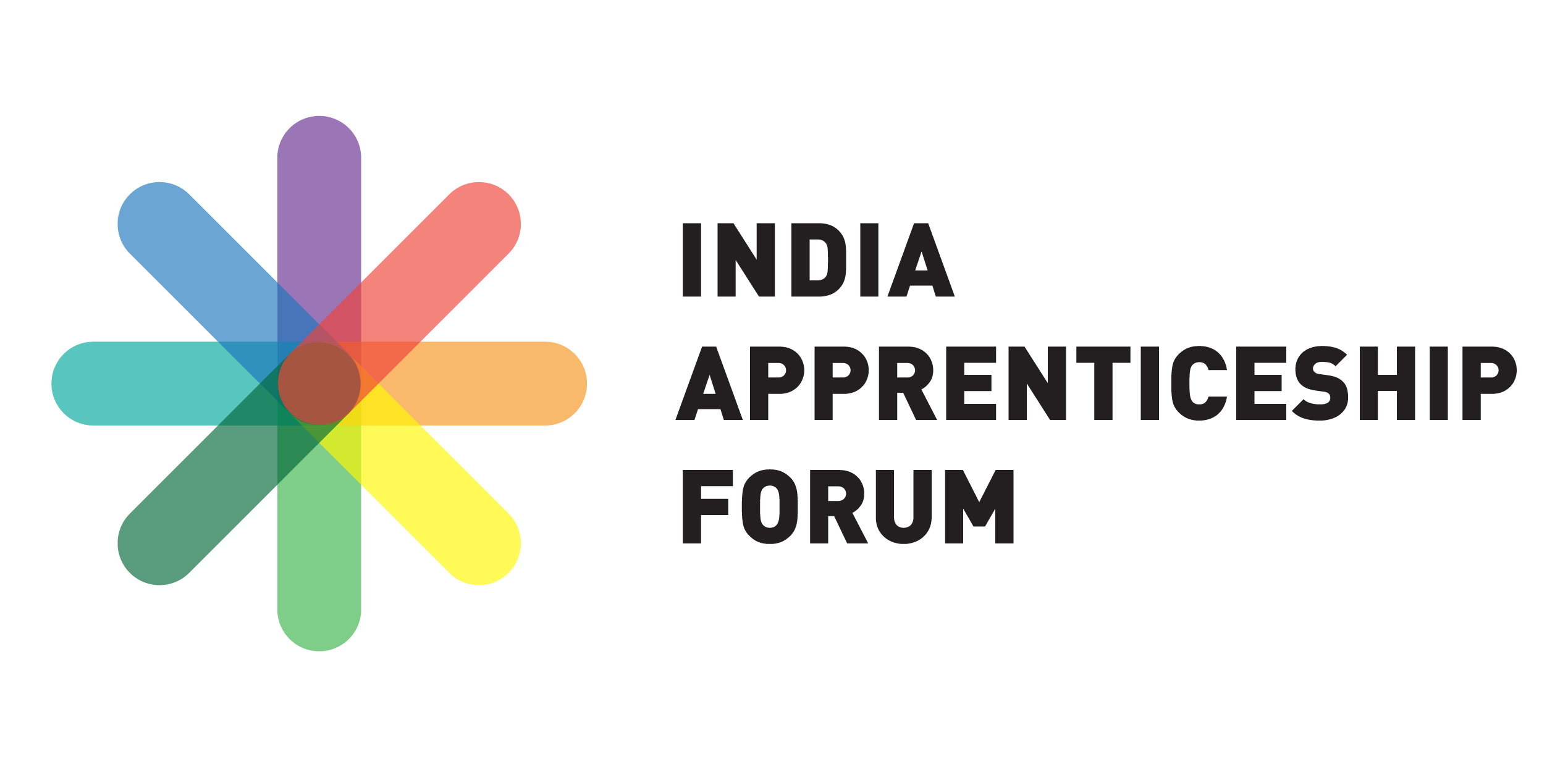According to a data published in the Make In India achievement report, it is estimated that in the next 20 years, the labour force in the industrialized world is expected to decline by 4 percent, while in India it will increase by 32 percent.
India is at an important juncture in the stage of the world economy. It has all the potential to become the third-largest economy of the world by 2030. Today more than 54 percent of the total population is below 25 years of age. However, statistics also show that only 2 percent of the employable population has skills development training which means there is a huge scope for skilling the youth of India.
What is a skill and what do we mean by skilling?
Before we start discussing skilling, let’s understand what is a skill. A skill is an acquired capacity that can be achieved through enrolling in a skill development program or vocational training. The process of acquiring a skill through active learning is called skilling. A skill can be technical, interpersonal or cognitive. Sometimes, skilling is also a natural behavioral strength. For example, it is not uncommon to see a son of a farmer take up on farming because that is what he has seen while growing up. For him, it is only natural to take on farming as his profession. Here we can consider two perspectives – (i) the son of a farmer becomes a farmer, follows the same method of farming, yield the same variety of crops and go to the same market to sell his crop and earn the same profitability. Perspective (ii) – the son of a farmer becomes a farmer, goes to vocational training in farming and learns all the modern farming methods. He adapts them and earns better profitability. That’s the power of skilling.
Skilling the youth – The challenges
1. In the coming days, most of the work opportunities will be in highly skilled segment. Unfortunately, India lacks such high-level skilled workforce. The proportion of formally skilled workers in India is extremely low, at 4.69% of total workforce, compared to 24% in China, 52% in the US, 68% in the UK, 75% in Germany, 80% in Japan and 96% in South Korea.
2. There are some serious challenges with Indian high education system. From a shortage of trained faculty to infrastructure to the course curriculum, there is certainly a huge gap to build a highly-skilled workforce.
3. The primary education in India is not so strong and like it or not, a solid primary education is mandatory to lay the foundation of a skilled workforce.
Skilling the youth – The positives
Thankfully, the challenges are identified already by our government and many steps are being already initiated by the Government of India to transfer the workforce into a skilled workforce. This is particularly applicable for members of the lower-income strata including the unorganized working class like daily wage workers. Some of the measures that have been taken by the government already are skill-specific and aimed towards developing a skilled workforce in the coming years. Leveraging these programs, youth can earn decent and secure employment opportunities. The government initiative – National Skill Development Corporation (NSDC) has a goal to upskill 500 million Indian youth by 2022. The famous Make in India initiative is also aimed to develop specific work skills among the Indian youth leading to job creation and employment opportunities in the coming days. The government has also set up a Ministry of skill development and entrepreneurship to enhance the skills of the youth and set more entrepreneurship opportunities. The Pradhan Mantri Kaushal Vikas is the key program under the ministry that focuses on youths to take up skill-based training. Some of the well-known skilling programs initiated by the government include the National Apprenticeship Training Scheme, Deen Dayal Upadhyaya Grameen Kaushal Yojana, National Urban Livelihoods Mission, and the National Rural Livelihoods Mission.
Things to consider before hopping on a skilling program
So, now that you have made up your mind on upskilling yourself, here are few things to consider.
- Are you interested to build a career in your chosen skill? Or you are just exploring because you think it is the “coolest” thing to learn?
- Does the industry give a damn to the skill?
- What other skills do you need to have to get an edge over the competition?
- Is it going to stay relevant for the years to come or will it become obsolete soon?
- Once you have sorted all these questions, you are good to go ahead skilling yourself.
Also read: Skilling India: No Time to Lose, says NCAER
The need of the hour
While some measures are being taken for skilling the youth of India at different levels, there is no doubt that more such initiatives are needed to close India’s skill deficit. Starting from different policies and strategies to overhauling the education system, we need to think ahead of our time to create more job opportunities for the youth. More focus should be laid on career guidance, life-skills, technical skills, vocational training, and training schemes – both in government and private sectors.
















